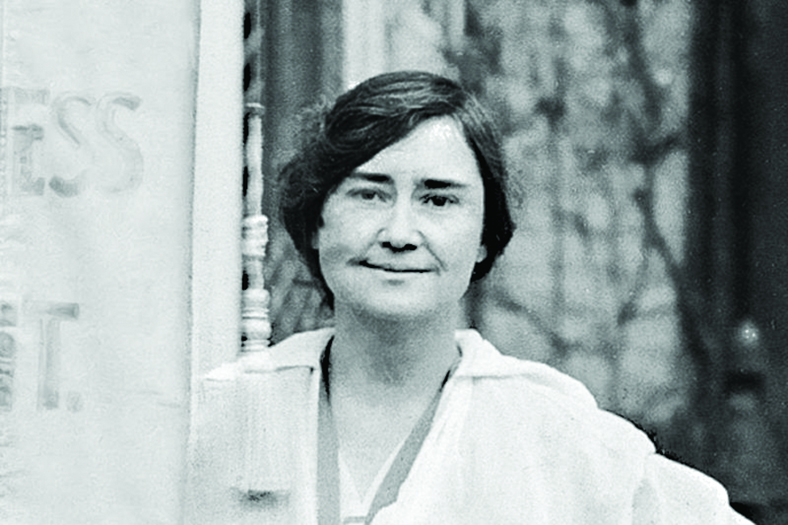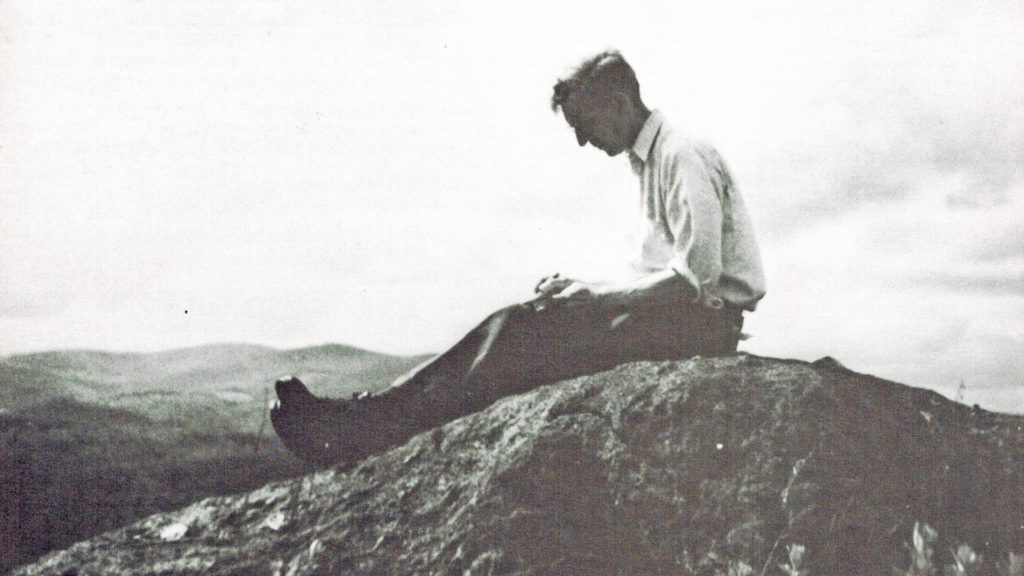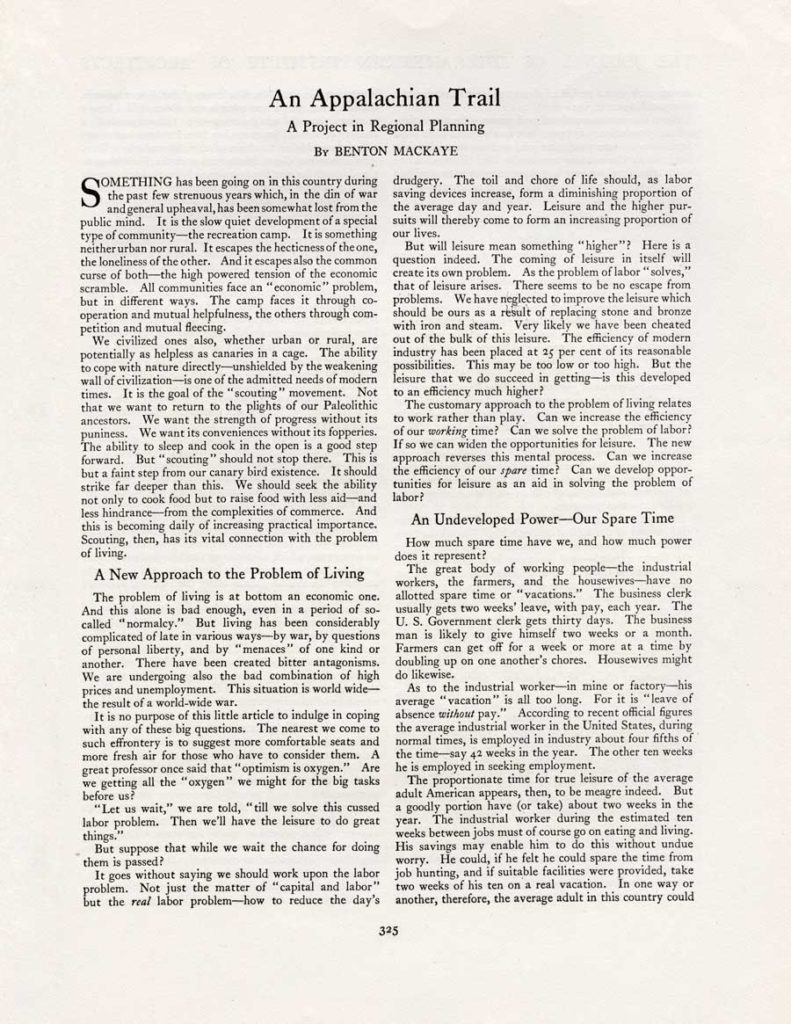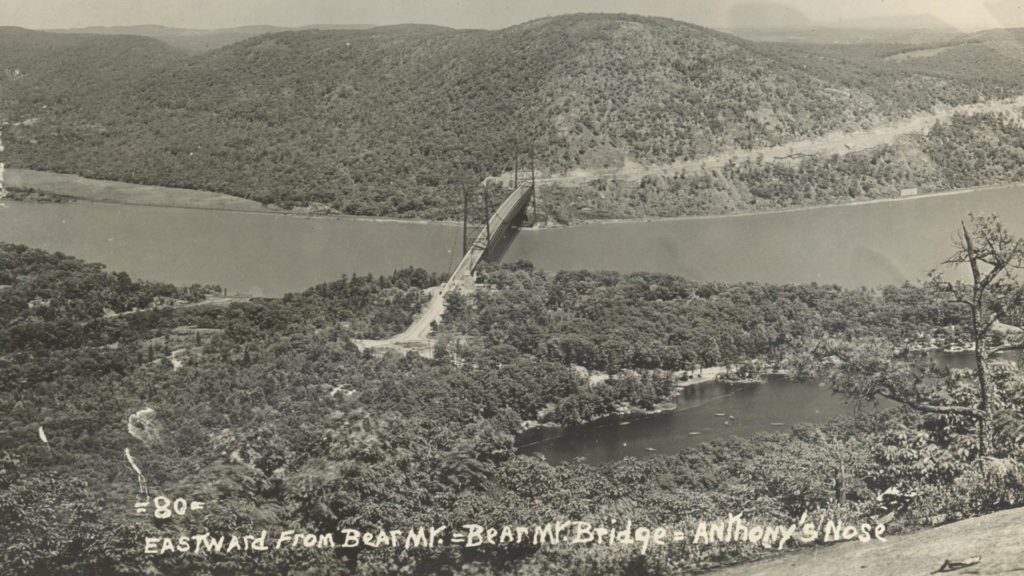Benton MacKaye looks south from the treetops on Stratton Mountain and wonders about a trail that runs all the way to the southern Appalachians.
Learn More
ATC History
Just like the Appalachian Trail, our history is long. But throughout the years, the heart of our organization has remained the same: to protect and manage more than 2,190 miles of the A.T. footpath and its surrounding landscapes.
ATC History
July 1921: Benton MacKaye begins writing “An Appalachian Trail: A Project in Regional Planning.”

The Appalachian Trail Conference is formed as a confederation under Major William Welch.

MacKaye’s speech to the New England Trail Conference engages Arthur Perkins to take over the ATC.
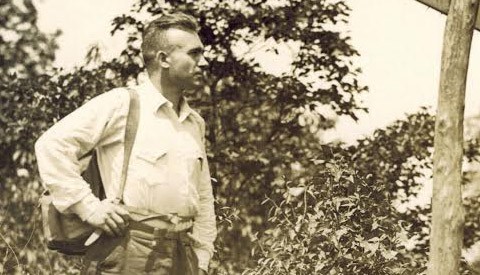
Myron H. Avery takes over leadership of the ATC and accelerates Trail-blazing.
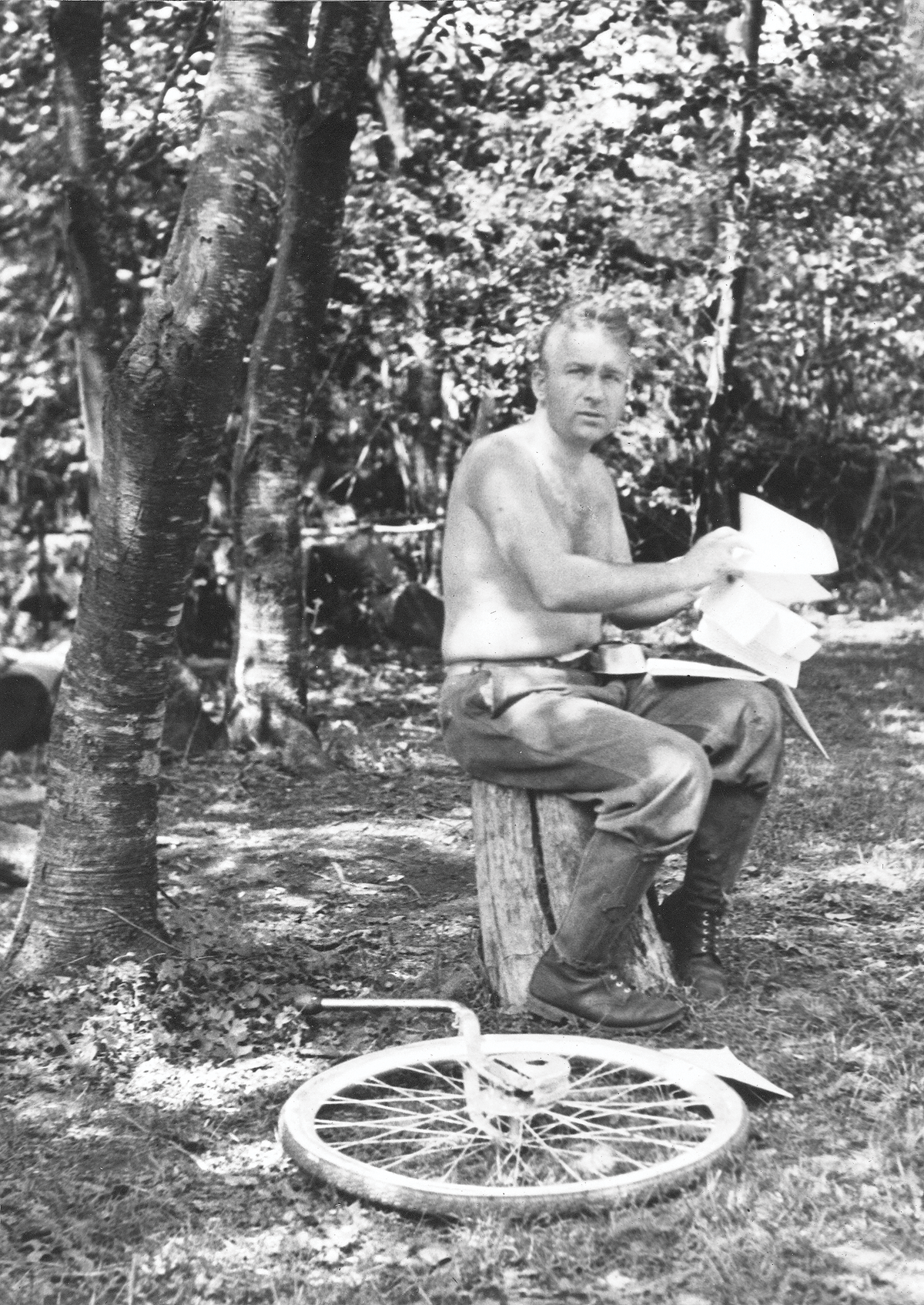
MacKaye steps away from the ATC (until the 1960s) after disputes with Avery.
Appalachian Trailway Agreement among the ATC, National Park Service (NPS), U.S. Forest Service, and states. A hurricane breaks the Trail’s continuity for years.
First A.T. protection legislation introduced by Rep. Daniel Hoch.

Earl Shaffer reports first A.T. thru-hike; interest in A.T. accelerates.

The continuity of the A.T. is restored after hurricane damage and wartime neglect.

Myron H. Avery dies.
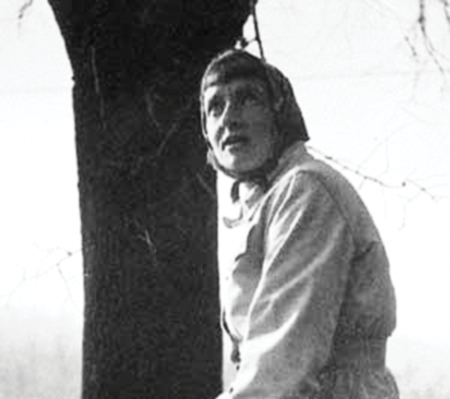
Mildred Norman Ryder becomes the first woman to thru-hike the A.T.

Stanley A. Murray elected ATC chair; federal protection drive renewed.

The National Trails System Act is signed into law by President Lyndon B. Johnson, making the A.T. a national scenic trail under federal protection. The ATC hires its first employee.
Tripartite federal/ATC agreements renewed.
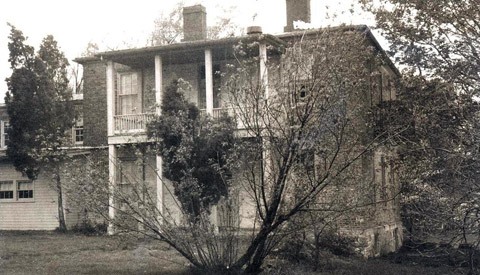
The ATC moves to Harpers Ferry, West Virginia.
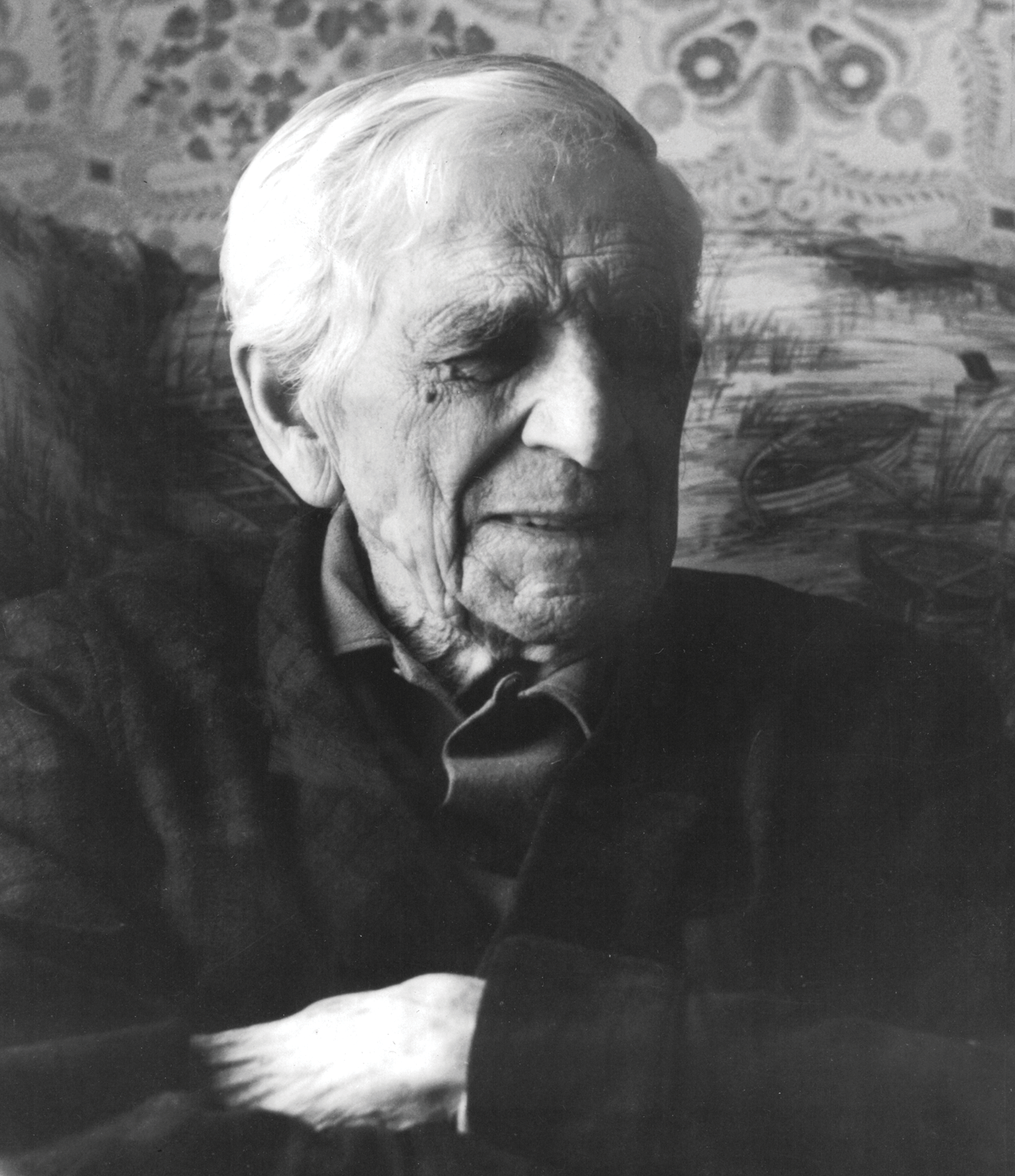
Benton MacKaye dies.

NPS creates an A.T. park office under David A. Richie.
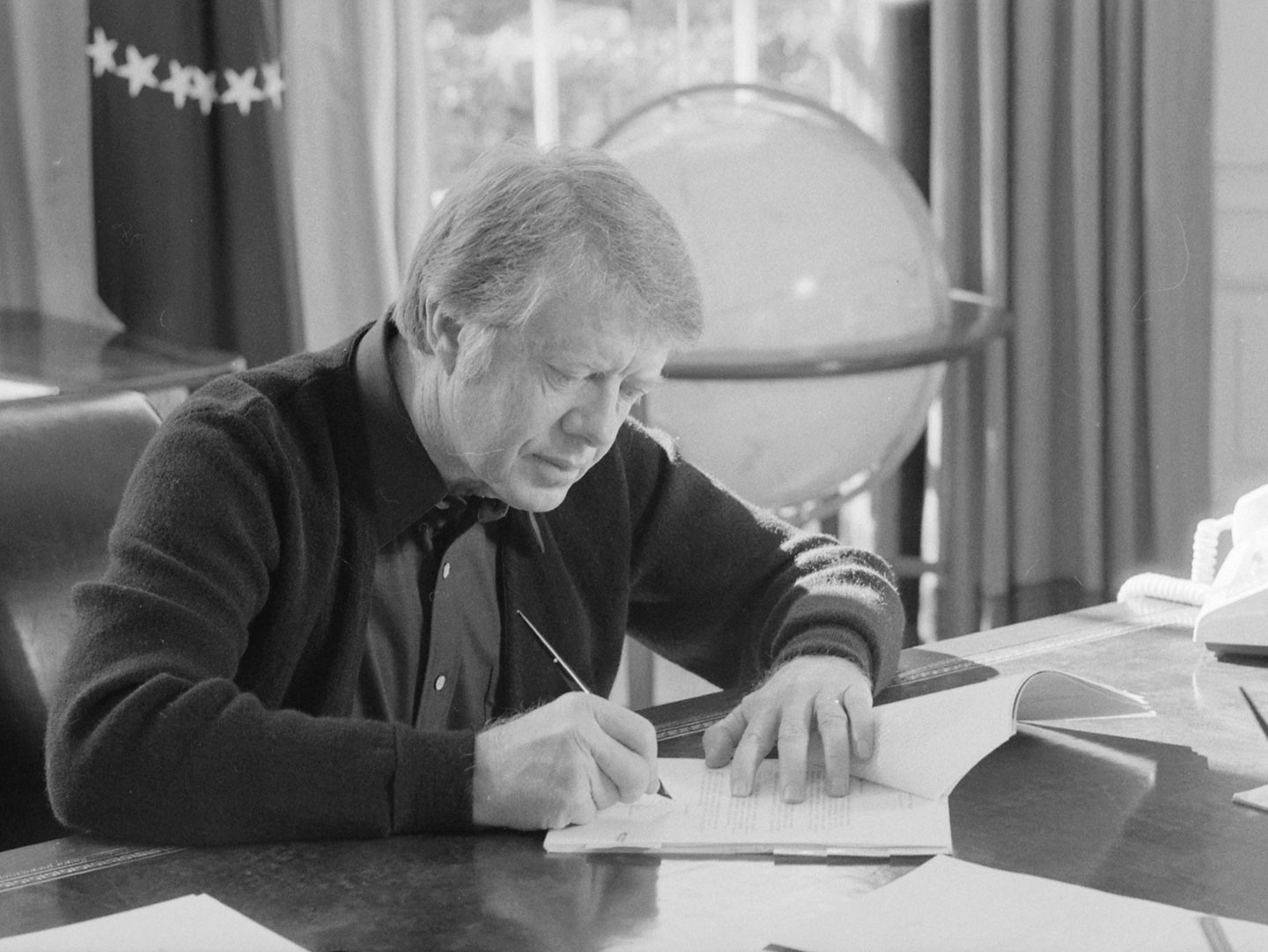
A.T. amendments to National Trails System Act become law.
NPS land-acquisition project begins in earnest with 913.7 (map) miles protected by federal agencies and 256.1 miles by states. 948.6 miles to go

Ruth Blackburn named first woman ATC chair.
The ATC, Trail clubs, and new special Trail crews move hundreds of miles of the footpath to optimal, constructed locations as the land-acquisition program progresses; the Trust for A.T. Lands saves key tracts; unprecedented bridge projects begin in Virginia and New Jersey.

NPS delegates park-management responsibilities to the ATC, beginning land-management obligations.
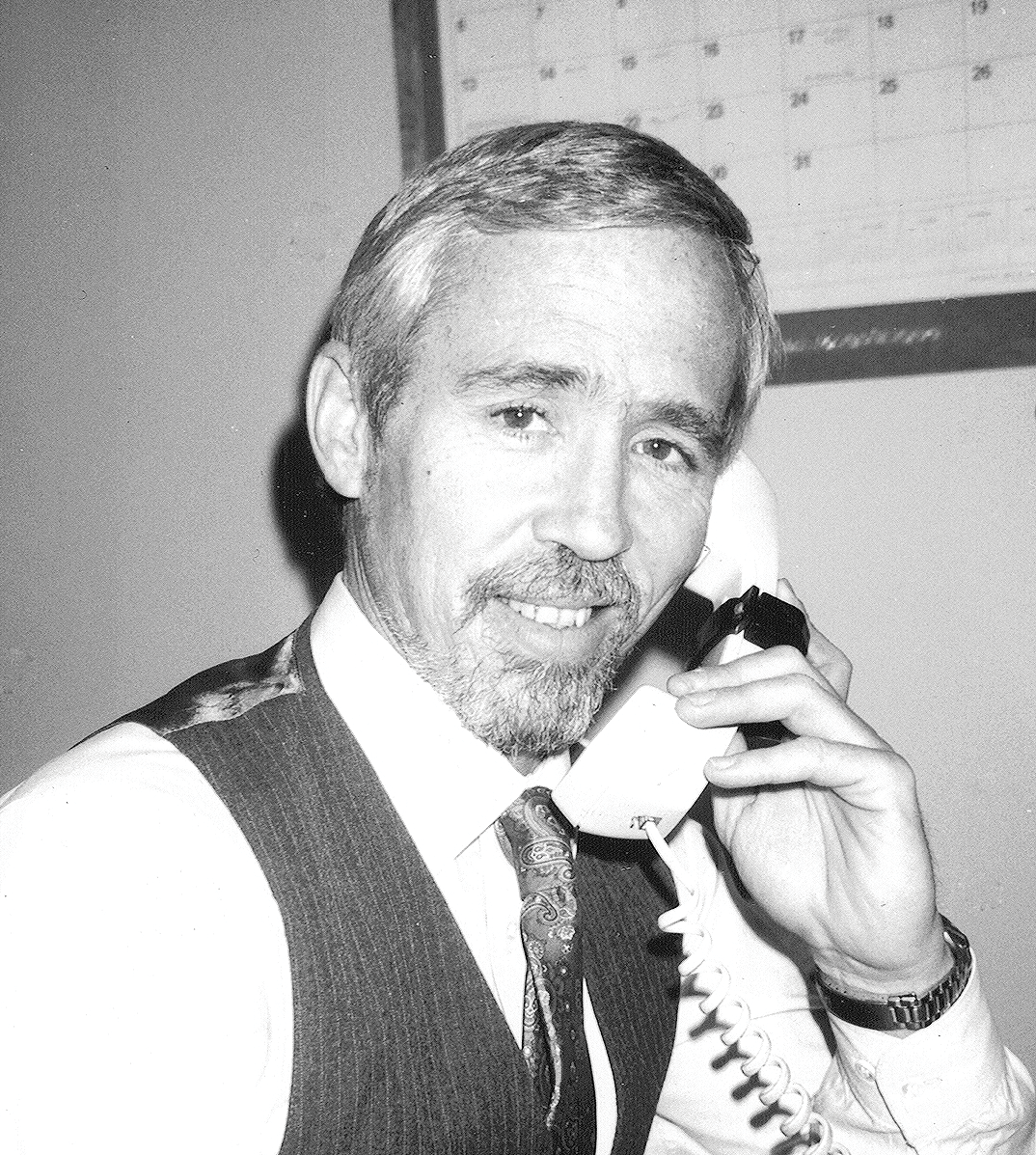
David N. Startzell appointed the ATC’s executive director, beginning 25 years of centralized program growth.

Lori “Tenderfoot” Pierce is the first known Black thru-hiker.
850 miles protected since 1978, 100 miles left to acquire.
U.S. District Court Judge Charles S. Haight, Jr., broadly interprets the 1968 National Trails System Act to allow acquisitions for Trail values, not just treadway needs.
The ATC battles ski resorts and highway projects; facilitates nearly $200 million in annual congressional appropriations for land acquisitions (averaging $8 million per year) and major protections, such as Sterling Forest; initiates naturalresource inventories; expands Stewardship Fund with first $1-million bequest.

Pamela Underhill begins 17 years as NPS A.T. park manager.
Congress appropriates $15.1 million to carry combined A.T. land acquisition through 2000, with 15 years of tract-based appropriations to follow.

Bill Bryson publishes A Walk in the Woods, triggering an explosion in A.T. interest.
White House names the A.T. one of 16 National Millennium Trails.

The ATC has never had just one job as the project leader when it came to the protection, promotion, and management of the A.T. However, the accomplishment of the land-acquisition priority and the more elevated responsibilities given it by the 1968 and 1978 acts, along with unprecedented federal and state agreements under it, called for a repositioning. Years of discussions came to fruition in July 2005 when the leadership changed the ATC’s name to the Appalachian Trail Conservancy. This name change reflects the new superior priority of preservation of the Trail corridor and its natural and cultural resources, which is essential to enhancing the A.T. experience.

The Appalachian Trail Conference becomes the Appalachian Trail Conservancy to reflect the top priority of preserving the Trail corridor and its natural and cultural resources.
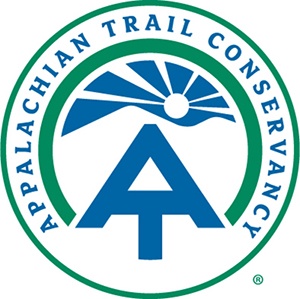
Appalachian Trail Conference renames itself the Appalachian Trail Conservancy and restructures governance.
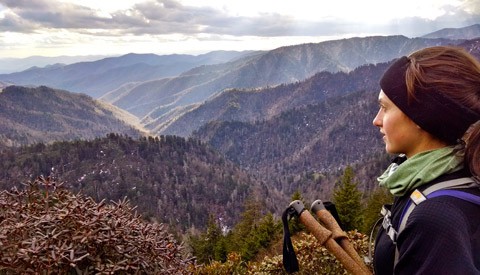
The last major stretch of Trail is formally acquired and permanently protected.
Last major corridor tract acquired by donated easement; 7 miles remain to be acquired, 196,225 acres protected since 1978.
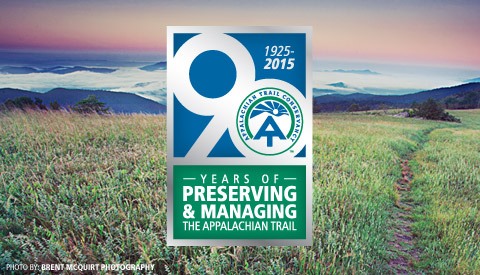
The ATC celebrates 90 years of caring for the A.T.

Large-landscape initiative launched.
U.S. Supreme Court addresses management authorities for the A.T.

Celebrating 100 years of MacKaye’s vision.


